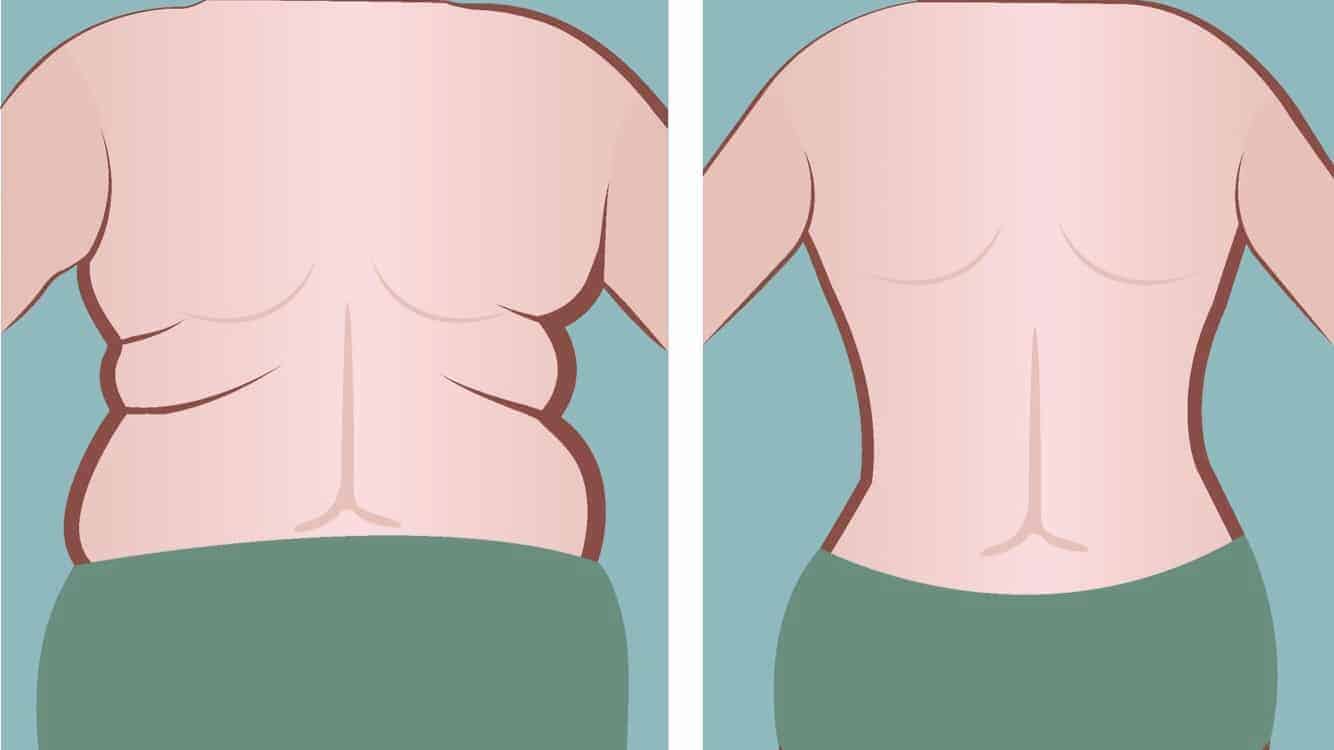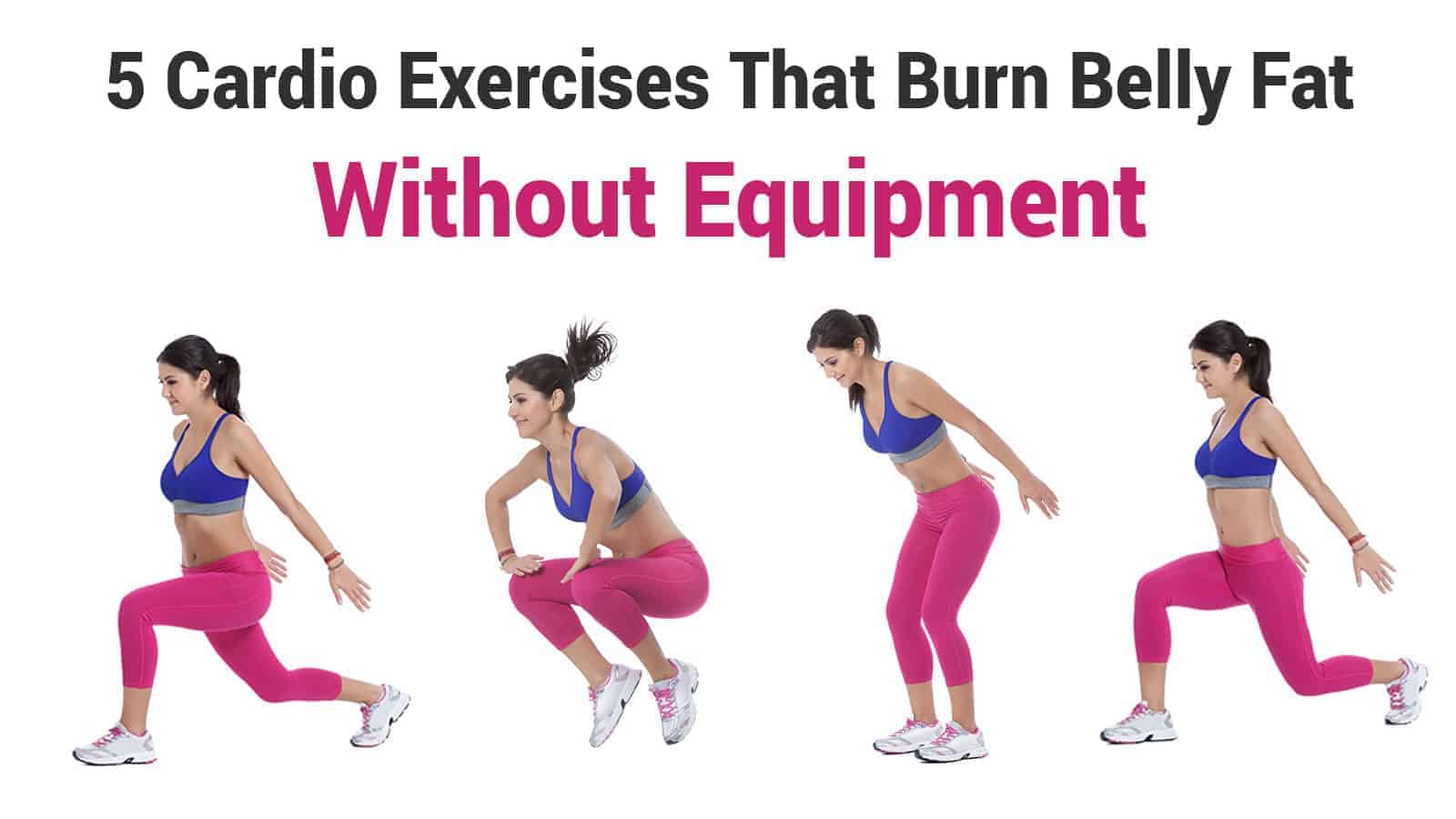Lower back pain is a common ailment amongst adults, but Pilates can help. Back pain hurts more than your back, as it can eventually affect your entire body. Pilates for back pain can help ease the pain and prevent it from setting in again or spreading.
The American Chiropractic Association explains that at least 80% of Americans experience back pain at least once. Back pain might be mild or excruciating, and it could be from an injury, disease, disorder, or another issue. No matter the cause, back pain can be debilitating and interfere with your quality of life and ability to do things.
Pilates is a natural way to relieve back pain and tension and can help long-term. It might allow you to give up pain killers and other remedies that don’t solve the underlying issue. Pilates improves core strength, improves muscle strength and flexibility, and leads to better posture.
What is Pilates?
Pilates is a low-impact, low-intensity strengthening and toning exercise that improves your spine’s mobility and reduces back pain. This exercise method helps with muscle control, deep breathing, concentration, body flow, centering, and precision. The principles encourage center-focused movements while strengthening your core and protecting your back.
This exercise method focuses on each vertebra in your spine and promotes correct alignment. It also improves the stability of your back and abdominal muscles, preventing muscle tightness and joint stiffness.
As you do pilates exercises, ensure that you take a deep breath before beginning each movement. As you do so, it moves your ribcage up and out to prepare your body for movement. The exhale engages your diaphragm and moves your ribcage back down and in, limiting the flaring of your ribs.
Fourteen Best Pilates for Back Pain
1. Pelvic Curl
The pelvic curl is simple and shows you how to use your abdominal muscles to support and lengthen your back. As your abdominals, hamstrings, and gluteus maximus work together, it alleviates lower back pain.
How to do a pelvic curl:
- Lie on your back, bend your knees, and keep your feet flat on the floor, hip-width apart.
- Place your arms by your side with your palms facing downward.
- Relax your shoulders, neck, and lower back.
- Inhale deeply, and then exhale to slowly curl your pelvis and spine off the ground or mat.
- Hold your breath once your pelvis has reached maximum posterior tilt and your hip flexors stretch.
- On the exhale, slowly lower your trunk, rolling down one vertebra at a time.
- Repeat this exercise ten times.
2. Single-Leg Lifts
Single-leg lifts promote pelvic stability and core awareness. This exercise focuses on the abdominals and hip flexors.
How to do single-leg lifts:
- Start by laying on your back with your knees bent and legs parallel.
- Relax your arms at your sides with your palms facing down.
- Take a deep breath in and exhale as you raise one leg. Stop only when the knee is above the hip joint, and your thigh is perpendicular to the floor.
- Inhale as you return to the original position, repeat the exercise five times for each leg.
3. Chest Lift
A chest lift pilates exercise can alleviate lower back pain by strengthening your abdominal muscles. The chest lift is similar to a sit-up or crunch but emphasizes pelvic stability without pulling on the neck or overusing hip flexors.
How to do a chest lift:
- Lie on your back while keeping your feet flat on the ground and knees bent
- Interlace your fingers behind your head and bend your elbows so that they point outwards.
- Curl your head and upper trunk upwards, lifting your shoulder blades off of the mat.
- Inhale deeply, pulling your abdominals deeper but maintaining the height of your trunk.
- Pause before exhaling and lowering your head and chest back to the starting position.
- Repeat this process ten times.
4. Supine Spine Twist
A supine spine twist helps strengthen your oblique muscles while stretching your back muscles. The strengthening and stretching prevent tightness, helping relieve back pain.
How to do a supine spine twist:
- Lie on your back and put your legs in a tabletop position. A tabletop position means that your knees should be bent and directly above your hip joints, and your lower legs should be parallel to the floor.
- Spread your arms out in a T position with your palms facing upward.
- Press your lower back into your exercise mat or the floor, depending on what you’re using.
- Exhale as you pull your abs in to do a posterior pelvic tilt.
- Inhale and rotate your spine, moving your pelvis and lowering your legs to one side.
- Exhale again, rotating your legs back to the original position.
- Inhale and rotate your spine again, moving to the other side of your body.
- Return to the center and repeat this five times on each side.
5. Shoulder Bridge Prep
The shoulder bridge prep challenges lumbar stabilization and strengthens the glutes, providing lower back pain relief.
How to do a shoulder bridge prep:
- Start by lying on your back with your knees bent and feet flat on the floor, hip-width apart.
- Place your arms next to you with your palms facing down.
- Relax your body, specifically your lower back, shoulders, and neck.
- Exhale as you lift one leg up into the tabletop position, moving only the hip joint and keeping it at pelvis level.
- Inhale as you lower your leg back down to tap the floor or mat.
- Repeat the process five to 10 times before switching to the other leg.
- Once you’ve done both legs, place both feet on the floor or mat and roll down one vertebra at a time.
6. Side Bend
Side bends work your abs, shoulders, and back, offering relief from lower back pain.
How to do a side bend:
- Sit sideways on your mat and bear your weight on your right hip.
- Using your right arm to support your upper body, press your palm into the mat and keep your fingers pointed away from your body.
- Bend your legs until your knees are in front of you and your left foot is resting in front.
- Relax your left arm on the side of your body before inhaling deeply.
- Lift your pelvis, straighten both legs, and raise your arm until it is straight out from your side.
- Exhale while lowering your hip and arm back to the starting position.
- Do five to ten repetitions of this exercise on each side of your body.
7. Basic Back Extension
A basic back extension is a pilates exercise that eases lower back pain. It strengthens the back extensor muscles and helps you develop control of your core.
How to do a basic back extension:
- Lie facing down with your forehead resting on a small cushion or rolled-up towel.
- Place your arms by your sides with your palms pressing against your straight legs.
- Set your core muscles before inhaling and as your head and upper back lift off the mat or floor.
- Hold this position for a couple of breaths before exhaling and returning to the starting position.
- Repeat this exercise five to 10 times.
8. Bridge
The bridge exercise strengthens your glutes and hamstrings and helps stabilize your body. As this happens, it eases and prevents lower back pain.
How to do a bridge:
- Lay on your back with your arms by your sides, and your knees bent, and feet pressed firmly into the ground.
- Push your feet into the floor and lift your lower back, engaging your back and gluteus maximus.
- Keep your hands on the floor throughout the movement to provide stability.
- Hold this pose for 15 seconds, lower your body to the floor, and repeat five times.
9. Roll Down
A roll down challenges postural muscles and improves body awareness. It also decreases the pressure placed on the lumbar spine, a common cause of lower back pain.
How to do a roll down:
- Stand with your feet shoulder-width apart and have both arms out in from of you.
- Practice good posture and stand up tall as you slowly start to curve each segment of your spine, starting at the neck.
- Continue down, reaching your fingers toward the floor.
- When you’ve touched the ground, inhale deeply before exhaling and reversing the movement.
10. Breaststroke Preparation
The breaststroke preparation exercise progresses your deep neck flexors and increases postural awareness.
How to do a breaststroke preparation:
- Start on your stomach and rest your forehead on a folded towel, keeping the back of your neck elongated.
- Rest your arms by your side and keep your legs straight, hip-distance apart.
- Slide your shoulder blades downward, and reach toward your fingertips toward your toes using your shoulder blades for movement.
- Allow your fingers to hover about two inches off the ground.
- Lengthen your upper body and hover your breastbone one inch off the ground.
11. Clams
This exercise helps strengthen the gluteal muscles and improves muscle activation near the hip. Plus, it promotes rotary control of the pelvis.
How to do clams:
- Lie on your side and bend your knees bent.
- Roll up a towel and place it between your ear and shoulder.
- Lift the top knee toward the ceiling and then lower it back down.
- Do this ten times before switching sides and repeating the process.
12. Swimmers
Swimmers promote core strengthening while elongated and working muscles that cause lower back pain.
How to do swimmers:
- Lay on your stomach with your arms stretched in from of you and legs behind you.
- Focus on your breathing as you pull your navel up and raise your upper back and head. At the same time, lift your right arm and left leg.
- Repeat it, switching arms and legs, starting an even rhythm similar to swimming.
- Continue doing this 20-24 times.
- Press your back into the rest position, sitting on your heels.
13. Plank Singles
Plank singles work your abdominals, shoulder girdle stabilizers, and legs. As it works these muscles, it reduces back pain and prevents it from returning.
How to do plank singles:
- Start on your knees and forearms.
- Exhale to pull your abs inward and up as you move one leg straight back for 30-60 seconds.
- Please return to the starting position and do it again, switching legs.
14. The Hundred
This Pilates exercise for lower back pain challenges lumbopelvic control and incorporates a healthier breathing pattern. It works the local and deep abdomen and spine muscles, encouraging back breathing and relieving back pain.
How to do a modified hundred:
- Start by lying on your back with your legs raised and bent at the knee in the tabletop position.
- Inhale deeply, and then exhale as you bring your head up and your chin down.
- Curl your upper spine off the floor until everything down to the base of your shoulder blades is up.
- Once you’re up, inhale and then exhale again as you deepen the abs and extend your arms and legs.
- Stretch your legs out toward where the wall and ceiling come together, adjusting as needed.
- Extend your arms, keeping them straight and low, just a few inches off the floor.
- Hold this position while you take five short breaths in and out, moving your arms in an up and down manner.
- Do this ten times before bringing your knees in toward your chest, rolling your upper spine, and head back to the floor.
Final Thoughts on Mastering These Best Pilates Exercises for Lower Back Pain
When you’re looking for ways to relieve and manage pain, consider Pilates for lower back pain. The low-impact exercise offers plenty of benefits that provide relief and prevent pain from reoccurring.
Rather than letting the lower back pain interfere with your life, use these exercises to get it under control. You’ll be glad that you did, and the benefits will extend to your entire body.
















